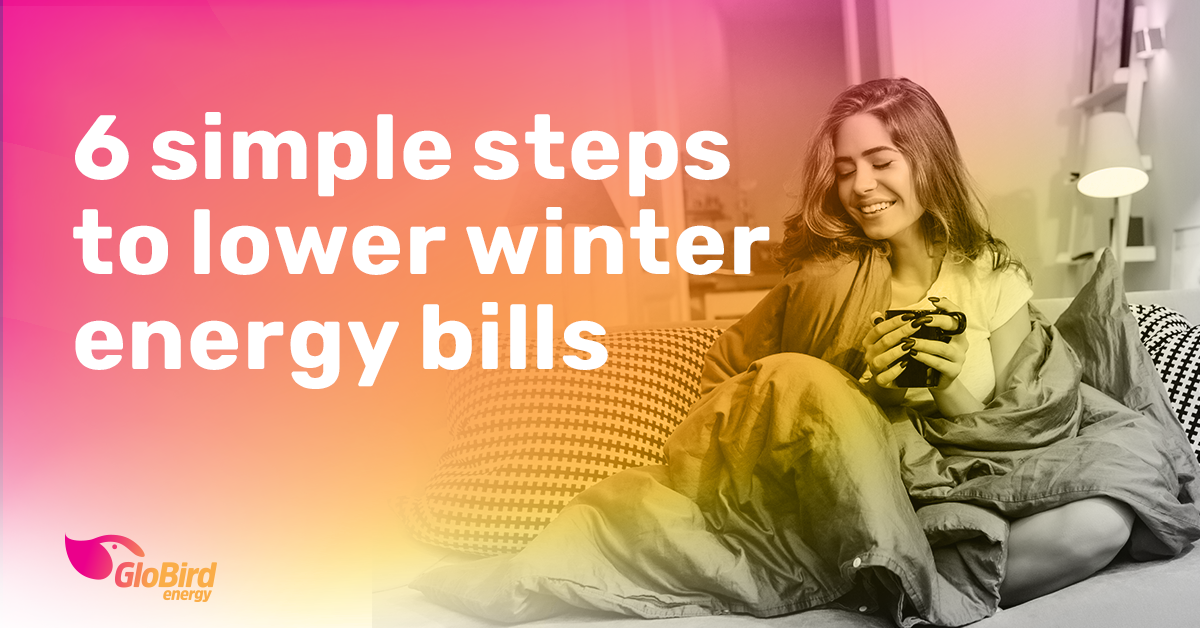Psychologists tell us that one of the hardest things we humans have to deal with is a sense of helplessness.
The feeling that stuff is happening to us, we don’t like it, but it’s totally beyond our control. When we don’t think we can do anything to change our circumstances, let alone for the better, that’s the doorway to despair.
So, the advice they give people is to do something – anything. Deliberately taking some action, no matter how small it may seem in the grand scheme of things, can start to turn around that feeling of helplessness.
Just having one thing that you have been able to do for yourself, because you decided to do it, is a psychological circuit breaker. Before long, you find another thing and then another and you’re feeling a bit more like you have control over your life.
What does that have to do with us?
Of course, we make this point because the world has conspired to send our cost of living skyrocketing and, as part of that ugly equation, the price of gas and electricity is rising.
Here at GloBird Energy, we’ve made a commitment to offer the most competitive prices we can to as many customers as possible. While we’ve always acknowledged that we won’t be the absolute cheapest for everyone, our intent has been clear from Day One.
Regardless of external influences, we’re still hard at work every day to meet that commitment. Admittedly, it does sometimes feel like it’s getting very hard, but we know that there are a lot of people relying on us, so we just try harder.
In the end, we run a business for our customers – as well as energy consumers across the broader community who may not be our customers, because the competition we provide makes the big guys work harder, too. We don’t have shareholders looking for profit above all else, so we can run GloBird as efficiently as possible and keep our main mission at the forefront.
What you can do
Now let’s get you motivated and doing some things to make you feel better.
Winter means heating your home, and that’s a major component of every household’s annual energy bills. If you can make a few changes around your home and save a reasonable amount on your heating costs, you’ll have made a positive step to keep some money in your pocket.
Here are our 6 simple steps you can take today to lower your winter heating costs.

1/ Warm but don’t heat
You don’t need to sweat to feel comfortable, so set the thermostat or reverse-cycle heating to between 18 and 20 degrees. If you use a timer, have the heating come on just 5 or 10 minutes before you get up in the morning – you don’t need maximum heat before you lift the covers. And if a room feels warm during the day, switch the heating off until you need it on again.
By the way, it’s actually better for your health – especially your skin – if you’re not toasting yourself with overly-heated air every minute of the day.
2/ Close some doors
Decide which rooms need to be heated, when, and for how long. Then close some doors. There’s no point heating the bathrooms and laundry, you probably don’t even need the kitchen heated (especially if the oven is on and radiating some heat), and the bedrooms hardly need heating if you’re under the covers 95 per cent of the time you’re in them.
If you know the main rooms are heated and others aren’t, you can easily adjust to spending less time in the unheated ones.
But the important thing is keeping those internal doors closed, because the idea is to heat as little cold air as is necessary. If the cold air from the unheated rooms infiltrates the warmer parts of the house, not only does it cool them down but that’s more cold air that you have to heat.
3/ Clean your heater
Cleaning the filters on your heater will ensure it runs efficiently. That includes making sure all the ducts of your ducted system are clean and clear of obstructions. And while you’re at it, consider closing the ducts in any rooms that really don’t need to be heated all the time (you can open them if you need to when you’re using those rooms).
4/ Seal air leaks
A draught coming in under a door might be an easy one to feel and an easy one to reduce with a simple draught excluder or bottom seal strip.
However, there are plenty of other candidates for letting the cold air leak in during winter. Ideally, you could get a professional energy audit, which will also identify areas that need better insulation. But having a good look around can often reveal some obvious gaps to seal.
To check how well your windows and doors shut out the cold, just take a note out of your purse or wallet (does anyone still carry cash money?) and shut the door or window on it. If you can pull it out without much drag, you’re losing energy through that gap.
As well as checking around window and door frames, check out:
- -Fireplaces and chimneys
- -Attic hatches
- -Wall- or window-mounted air conditioners
- -Where dryer vents pass through walls
- -Vents and fans
- -Cable TV and phone lines
- -Electrical and gas service entrances
- -Electrical outlets and switch plates
- -Pipes (for example under the sink).
By the way, the U.S. Department of Energy suggests this ‘hack’:
“Use a heavy-duty, clear plastic sheet on a frame or tape clear plastic film to the inside of your window frames during the cold winter months. Make sure the plastic is sealed tightly to the frame to help reduce infiltration.”
5/ Close the curtains (and blinds)
Large expanses of glass might be great to take in the views, but those floor-to-ceiling windows cool down fast when the temperature outside drops, and they’re then cold on both sides.
So, it’s well worth investing in floor-length thermal curtains to trap the cold right there. Think of it as turning a wall of cold glass into a wall of much-less-cold material, preferably material that traps the heat in the room where you want it.
It’s important that curtains fall well below the window frame, preferably all the way to the floor.
If you can hang heavier curtains throughout the house, you’ll save quite a bit on that heating you’ve been wasting warming up the windows and fighting the influence of the cold air … but remember to open the curtains when the sun is shining on windows to let the natural heat in.
6/ Wear more clothes!
If you’re walking round the house in short sleeves and with bare feet in the depths of winter, chances are you’re spending more than you need to on heating.
Make a proper winter fashion statement by wearing a hoodie, fleecy tracksuit pants, indoor socks, Ugg boots, or whatever else makes you feel snug.
If you’re spending a lot of time on the couch, there’s no shame in using a blanket as that traps the warmth of your body right at the source and prevents cooler air passing over any exposed skin.
Bonus: Ducted heat transfer
This is one that’s a little harder but could pay off in a major way: Get a builder to assess the practicality and potential value of adding a ducted heat transfer system in your ceiling.
This would either take heated air from high-traffic areas and circulate it to cooler parts of the house or use the warmer air that accumulates in the roof cavity (keeping in mind that hot air rises) and direct that down into the living spaces.
Each of our tips will make a difference. If you can take all of them, you’ll definitely see a significant drop in your winter energy use.
Imagine how much better you’ll feel if a few small changes end up saving you hundreds of dollars a year, every year, from now on.
